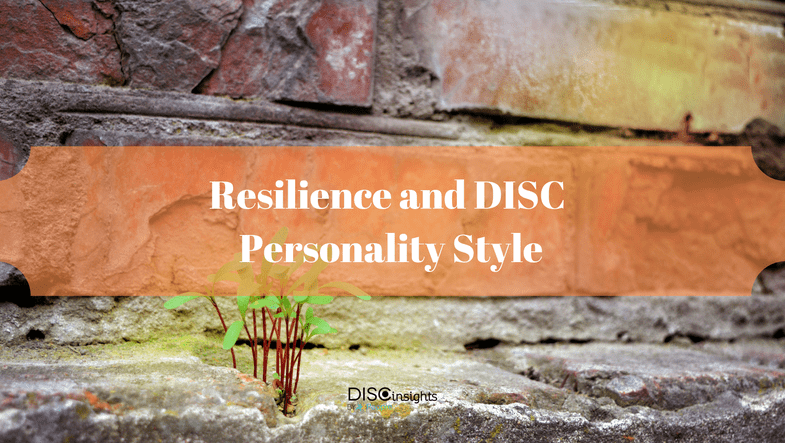
What Can Businesses Learn About Omni-Channel Marketing from Signet’s Extensive Brands?
Previously Published to The Mad Marketer
Earlier this month, Signet Jewelers acknowledged that omni-channel marketing was a major factor in increased sales for 2016 – and especially for end of year holiday shopping. In fact, they claim that it has, according to The Wall Street Journal, “Amazon-proofed” their endeavors. In the eight weeks leading up to Christmas, this Bermuda-based diamond retailer grew its sales by 5 percent in comparison to previous years.
This year, Signet Jewelers has racked in $1.95B, a sharp increase for any business of this caliber. Signet is also known as the umbrella operation for subsidiary group, Sterling, which includes Kay Jewelers, Jared the Galleria of Jewelry, Zale’s, Piercing Pagoda and regional brands, like JB Robinson, Marks & Morgan and Belden Jewelers.
Mall-based and outlet stores in the United States and Ernest Jones stores in the United Kingdom rose by 4.9 percent from 2014 to 2015, as opposed to the previous increase of 3.6 percent. This not only proves that people are still physically purchasing luxury items in a mall setting, but they are doing so at increasing rates.
Thanks to omni-channel marketing, however, more awareness is being created on the online forefront and drawing guests to physical, brick-and mortar locations. This is especially true with the future bride to be in search of the perfect ring that will brand her marriage for the rest of her life – or until “death do them part.”
While on the topic of online influence, it is interesting to note that online sales actually increased 10.9 percent, which also reflects at $13.7M, from a previous year’s $126M in earnings.
Subsidiaries are responsible for over 60-percent of these increases, showcasing exclusive and specialty items per location and creating demand. This is a great feat, considering regional brands have actually dropped 8.7 percent. These locations, where costs are most likely lower, based on local positioning, proved that people are willing to pay for the name, even if the quality is exactly the same.
A 2014 acquisition of Zale’s has reported mixed results, drawing in averages between 6 and 9 percent for each revenue stream under the Zale’s brand, including the more affordable Piercing Pagoda. Most Zale’s profits came from bridalware and gold jewelry. It seems that most of their subsidiary brands, have actually plummeted with differences as low as 16 to 18 percent – reflective in dollar amounts as high as $72M. This makes onlookers wonder if this is because there is going to be a complete merger in the future or if this is primarily due to a lack of omni-channel marketing in a very tech-savvy marketplace.
Companies who are not marketing themselves through digital platforms, whether participating in e-commerce or not, are continually seeing a decline in sales and adoption. Longtime loyalists are finding similar products elsewhere for a lower price. Many of these loyalist enjoy the convenience of a discreet purchase in the comfort of home or in transit to the workplace.
CEO of the Sterling branch of Signet, Mark Light, discusses the favorable 60% increase in adoption and sales through the brand storefronts and online shopping. He claims that this is attributed to the “execution of our product, marketing, and omni-channel selling strategies, as well as our superior customer experience. The implementation of store operations initiatives in the third quarter combined with investment in our recently launched innovative merchandising and marketing programs positioned Signet well for a strong fourth quarter and beyond.”
Although gold is far from a “wearable,” its value is known to put countries at odd and nations to be captured. As we enter digital and everything omni-channel, we have the power to capture cities through commerce, trading value for product without ever leaving the comforts of air conditioning. It only makes sense to include traditional jewelry brands into the digital mix – creating and perfecting the omni-channel mix for what has proven to be a multi-billion dollar industry.
In just eight weeks, Signet Jewelers have reached almost $2B in sales. It makes you wonder what they have done throughout the years. As much of their omni-channel strategy came prior to the holiday season, we almost wonder what the results would have been if it had been instituted sooner. Perhaps we will find out next year.
It’s this continuous adoption and evolution of technologies that bridges industries, both traditional and nontraditional, and keeps businesses booming better than ever before. If you aren’t using omni-channel methodologies in your marketing mix, perhaps you should develop a sure plan of attack now – before your competition beats you to it!



